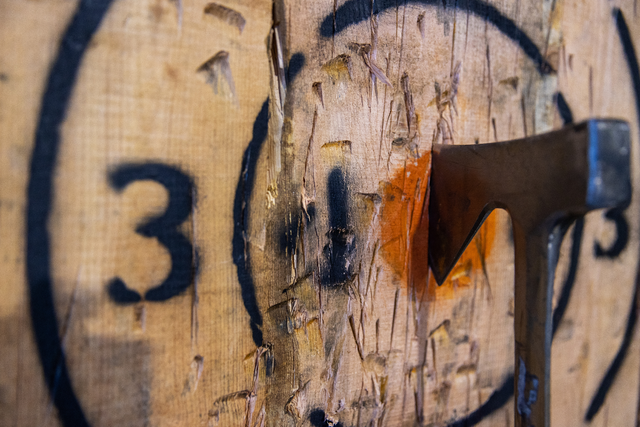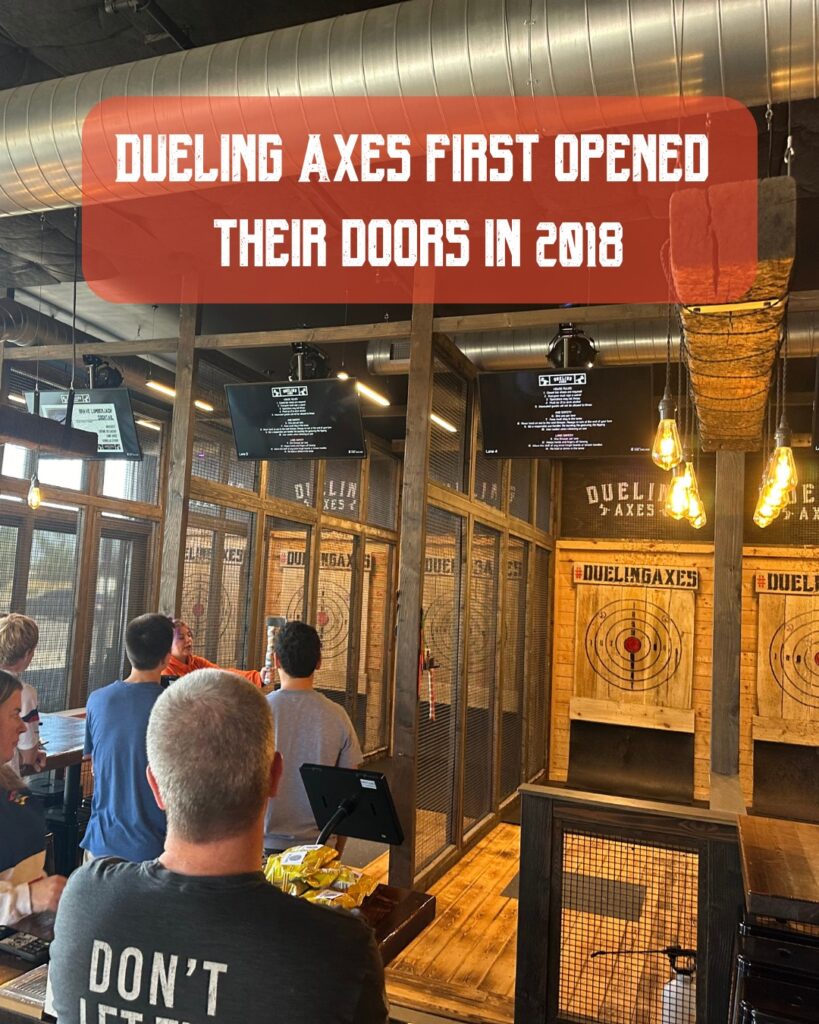Blog
What is Different Today About Insurance for Axe Throwing Venues vs. 5 Years Ago?

A Safer, More Professional Experience
The axe throwing industry has undergone a remarkable transformation in recent years, evolving from a relatively informal activity to a more structured and professional one. This shift has been driven by a combination of factors, including increased popularity, improved safety standards, and a growing understanding of the risks involved.

Key Differences Today
Here’s a look at some of the most significant changes that have taken place in insurance for axe throwing venues over the past five years:
- Enhanced Safety Protocols:
- Staff Training: Venues now typically have more comprehensive safety training for staff and customers, ensuring that everyone understands the proper techniques and potential risks.
- Clearer Rules and Signage: Clear rules and signage are more prevalent, guiding customers on safe throwing practices and designated throwing zones.
- Consistent Safety Equipment: The use of safety equipment, such as close-toed shoes, and wood-handled axes, is now more consistently enforced, reducing the risk of injuries.
- Improved Facility Design:
- Defined Throwing Lanes: Venues are designed with more defined throwing lanes (and single-target lanes) to minimize the risk of accidents and ensure that axes are thrown in the intended direction.
- Better Target Placement: Targets are strategically placed to avoid potential hazards and ensure a safe throwing experience.
- Enhanced Safety Features: Some venues may incorporate additional safety features, such as improved flooring or wall protection, to further reduce the risk of injuries.
- Increased Professionalism:
- Staff Training: Venues are investing in better staff training to ensure that employees are knowledgeable about safety procedures and can provide excellent customer service.
- Focus on Customer Experience: A greater focus on customer safety and experience has led to a more professional and welcoming environment.
- Industry Associations and Best Practices:
- Standardization: The growth of industry associations has helped to establish shared best practices for safety and operations, leading to a more standardized and safer approach to axe throwing.
- Liability Insurance Availability:
- Increased Coverage: Access to liability insurance specifically designed for axe throwing venues is now more readily available, indicating a greater understanding and acceptance of the activity by the insurance industry.

A Safer and More Enjoyable Experience
These changes have collectively contributed to a safer and more enjoyable axe throwing experience for both participants and venue operators. As the industry continues to grow and mature, we can expect to see further improvements in safety standards and a more professional approach to axe throwing.
News